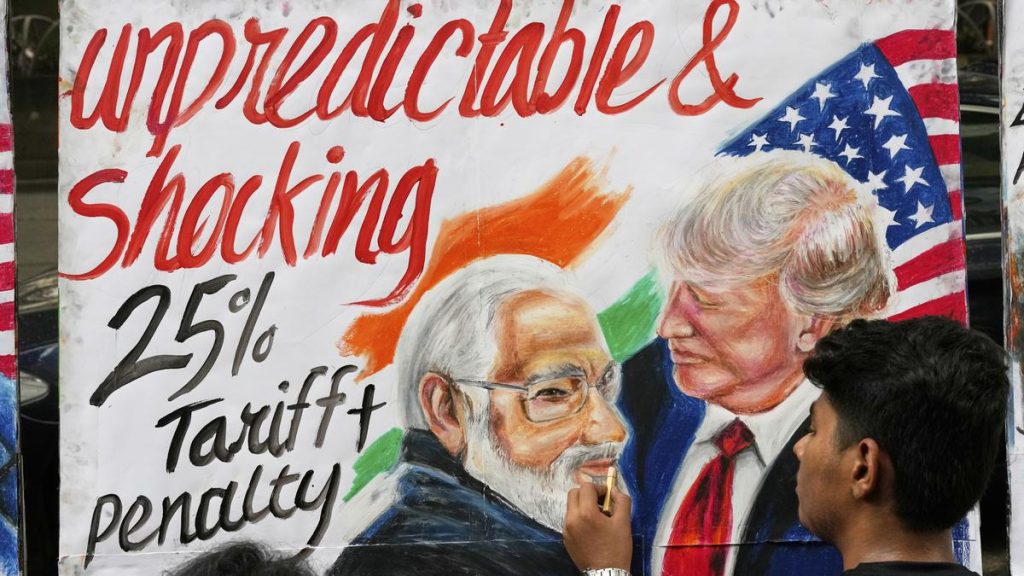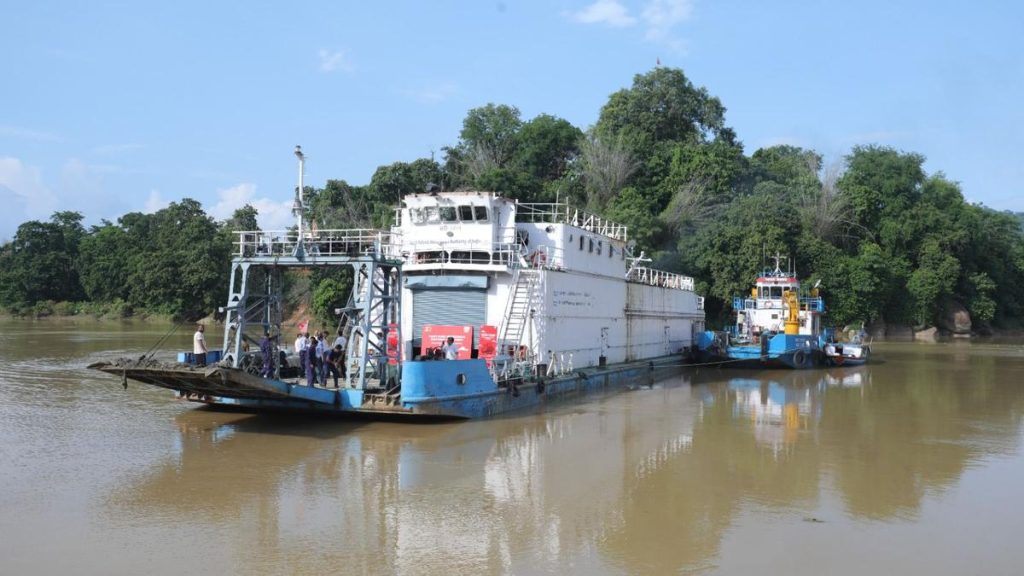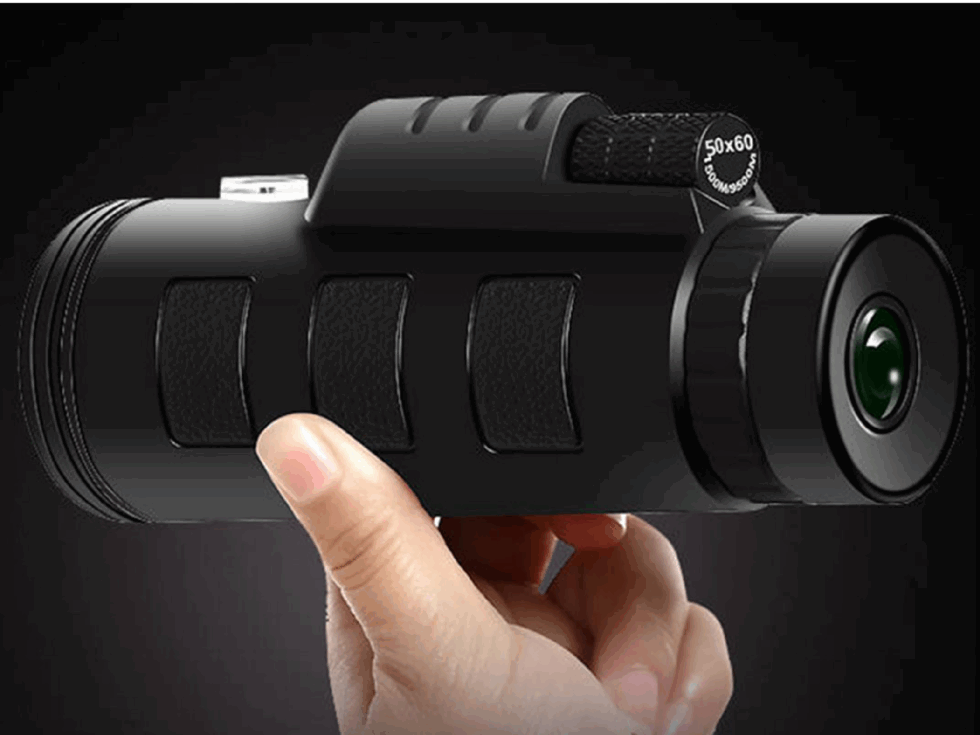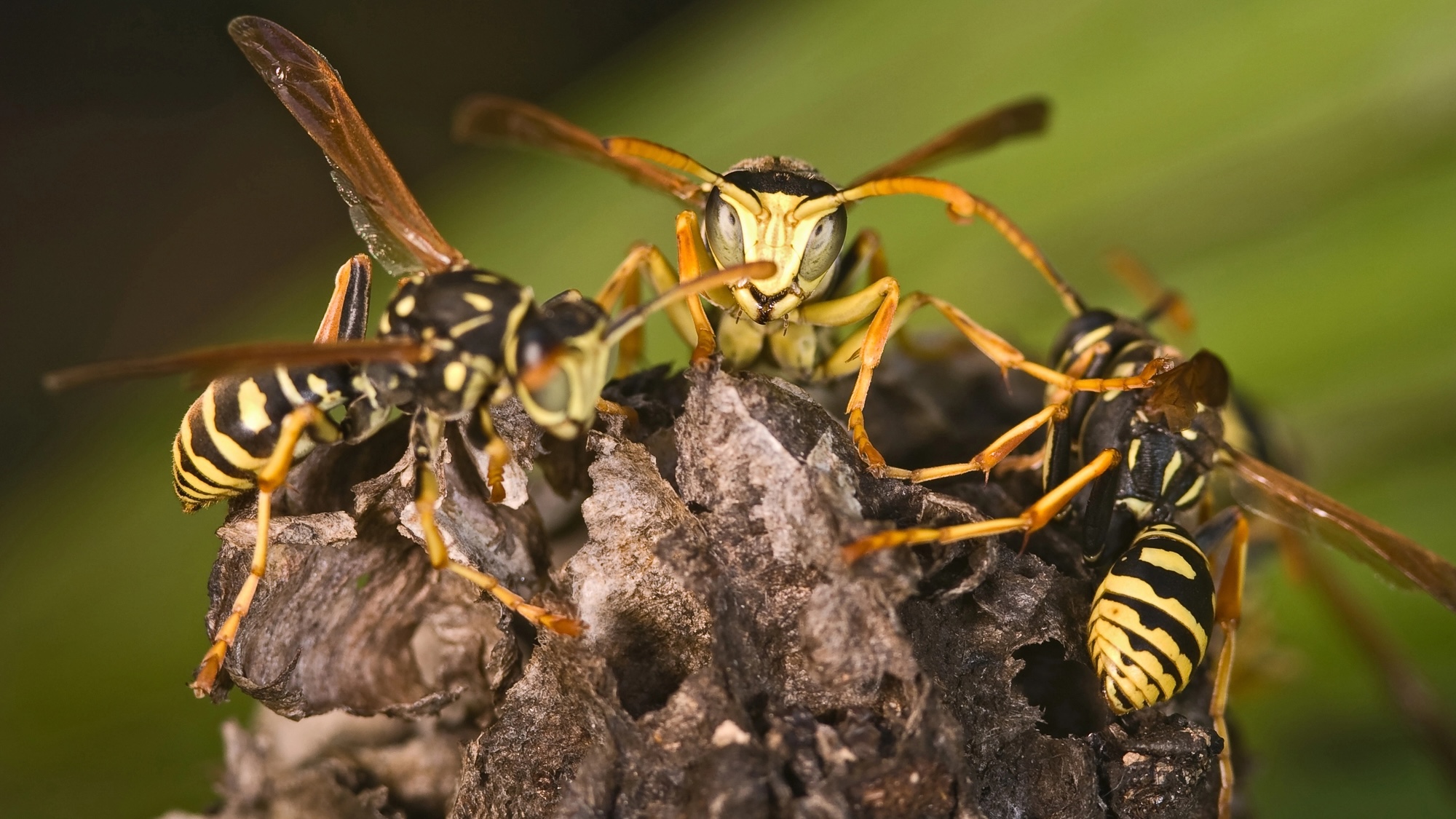Now Reading: Inside TSA Bag Scanners: What They Reveal
-
01
Inside TSA Bag Scanners: What They Reveal
Inside TSA Bag Scanners: What They Reveal
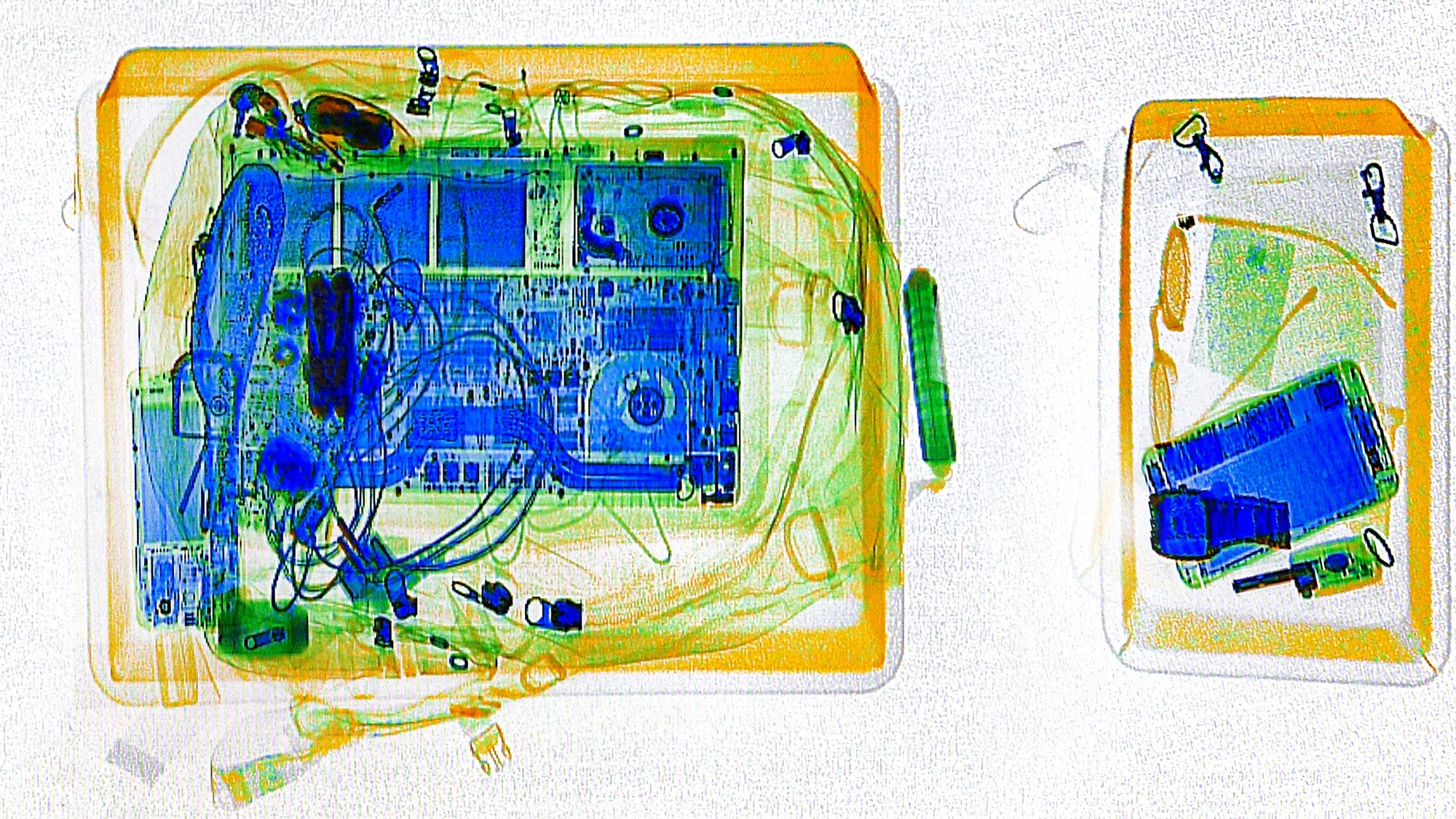
Speedy Summary
- TSA uses advanced computed Tomography (CT) scanners to screen luggage, enabling detailed visual analysis of materials such as metals, liquids, and organic substances.
- CT technology provides 3D images by stitching hundreds of X-rays on three axes, improving threat detection without opening bags.
- Newer CT models allow travelers to keep laptops in carry-ons and shoes on during screening, with future designs potentially permitting larger liquid containers like full-sized shampoo bottles.
- Commonly confiscated items include knives, martial arts tools, fireworks, replica grenades-and occasionally bizarre items like snakes or DIY explosives hidden in soda cans.
- Prohibited items weighing up to a ton per month are seized at major airports annually but might potentially be handed off to non-traveling companions or stored in checked luggage rather of outright confiscation.
- Confiscated items wind up being auctioned through state-sponsored platforms like GovDeals.com rather than kept by TSA officers personally.
Indian Opinion analysis
India can draw useful insights from the TSA’s adoption of sophisticated CT scanner technology as it modernizes airport security infrastructure amid increasing air travel demand domestically and abroad. The emphasis on high-efficiency systems that minimize passenger inconvenience-like leaving laptops inside carry-ons-aligns with India’s goal of streamlining airport operations while maintaining robust security protocols for its growing global connectivity network.
Additionally, lessons can be learned from how prohibited item handling aligns with customer reassurance policies while prioritizing safety concerns. India’s airports could explore similar measures such as accessible auctions for surrendered goods or additional clarity on permissible items via guidelines.
While not yet commonplace worldwide for detecting threats within liquids specifically (as noted above), investments in advanced portability scanning solutions could bolster India’s responses against emerging threats tied inherently to major transit hubs over time.



